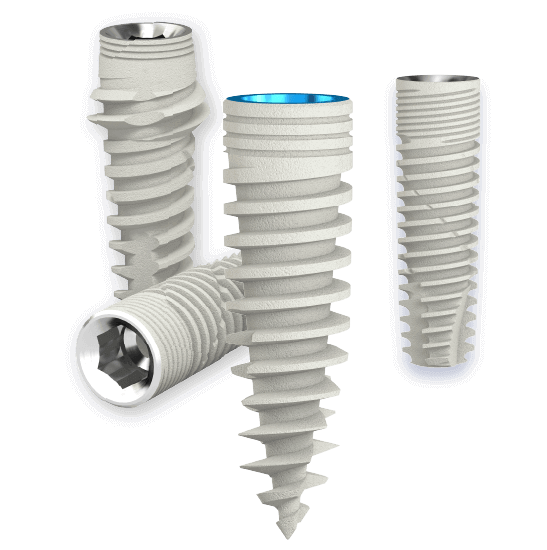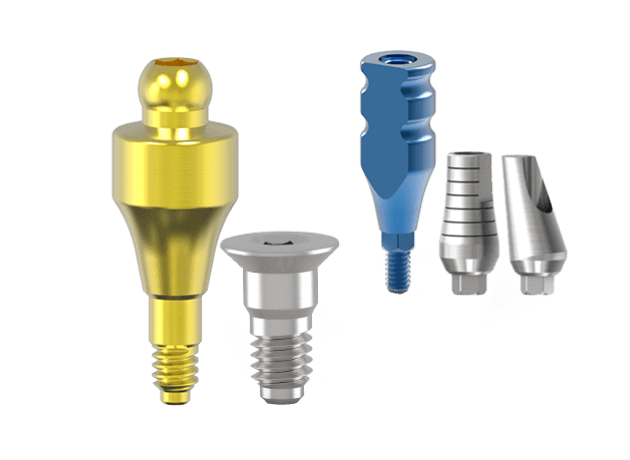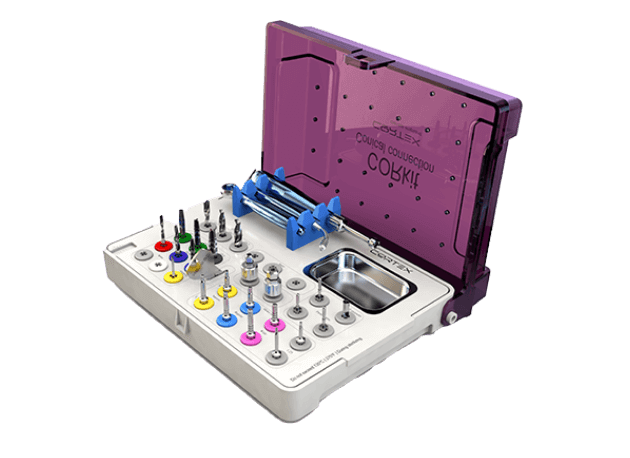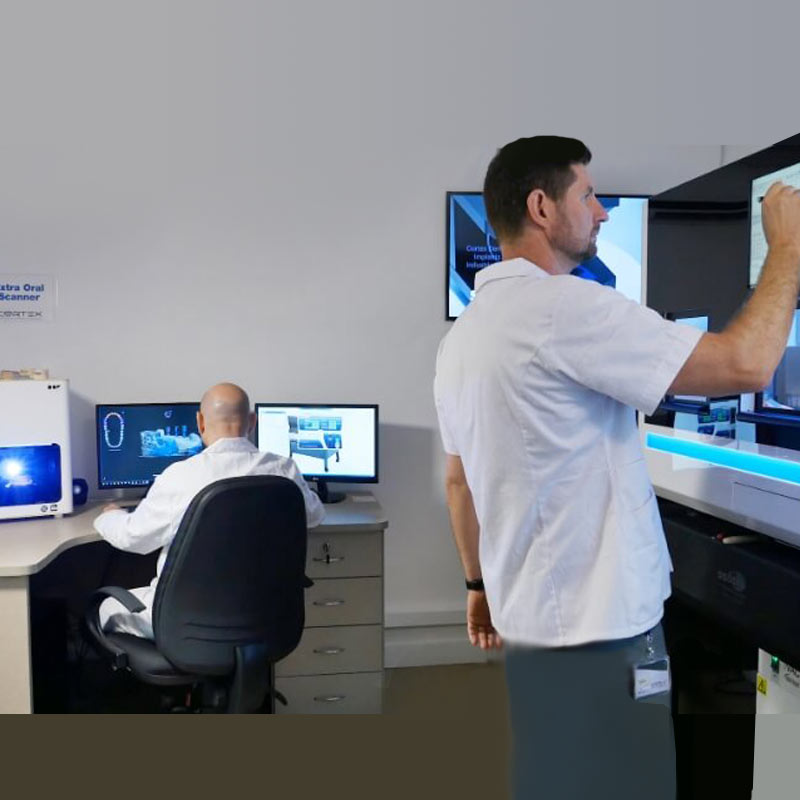The objective of this in vivo study was to compare bone-to-implant contact (BIC) and bone area fraction occupancy (BAFO) values of a new implant. Designed to be inserted without bone preparation, using two different preparation protocols: no site preparation and prior limited cortical perforation, versus the values of a control implant using a conventional drilling protocol.
Forty-one implants were inserted in 13 rabbits. Thirteen test implants with a new thread design were inserted using no bone preparation (NP), 14 test implants were inserted with limited cortical perforation (CP), and 14 conventional implants served as control. Five animals were sacrificed after 21 days and eight animals after 42 days.
Analysis
Histomorphometric analysis was performed and the percentage of BIC and BAFO values were measured. ANOVA with Tukey post hoc and Mann–Whitney nonparametric tests were calculated to compare between the groups. Statistical analysis showed that there is no significant difference in the measured values between any of the groups. As a matter of fact, neither were compared by implant nor by compared day.
Eventually, the results demonstrated that biological osseointegration parameters of the implant that was inserted without any bone preparation were non-inferior compared to conventional preparation. Also, the clinical relevance is that novel implant designs may not require bone preparation prior to placement.
Various factors influence the long-term prognosis of dental implants and can affect osseointegration, such as surgical technique, host bed, implant surface, implant design, material biocompatibility, and loading conditions.





